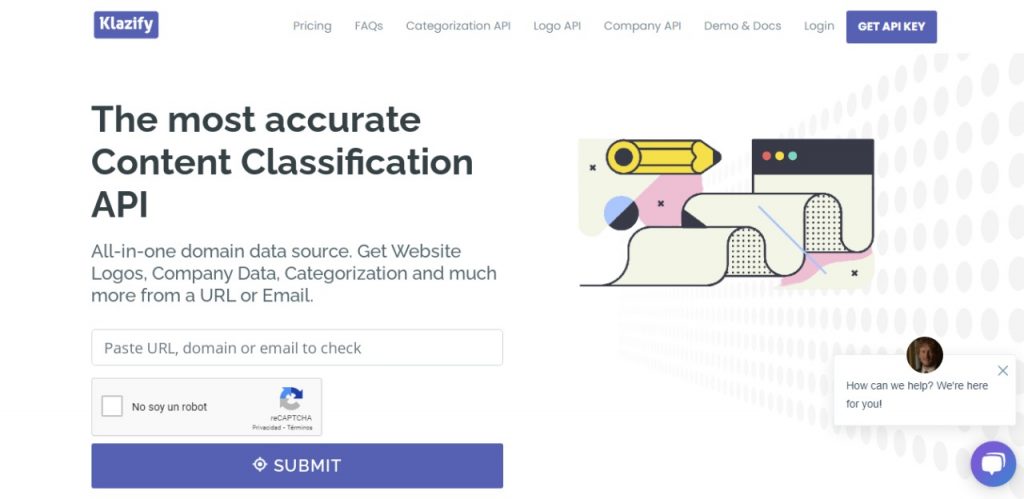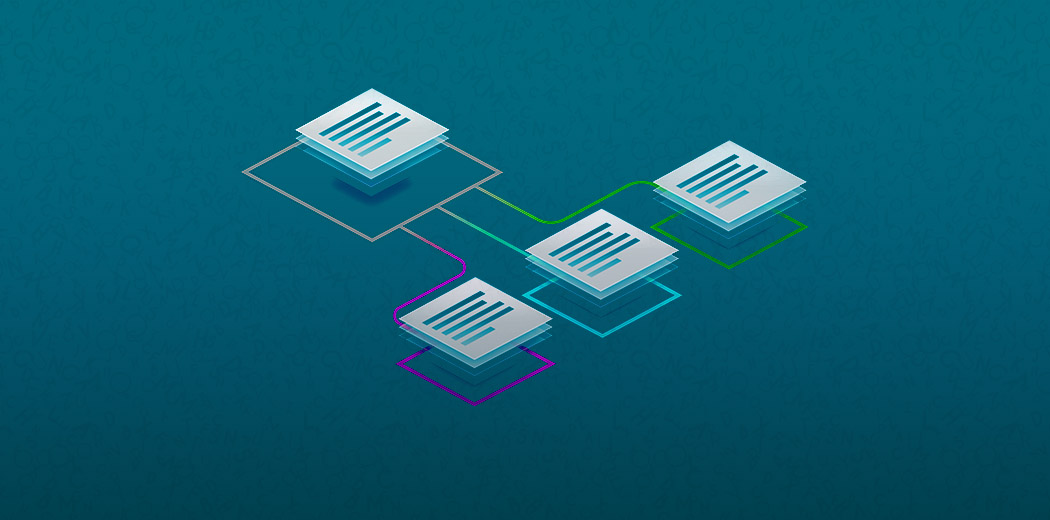Do you want a complete list of web categorization APIs? Then you’re really lucky because in this article we have selected the 3 best ones for network and cybersecurity that will surprise you with their effectiveness!
We all understand how big the Internet is. The indexed Internet has roughly 4.5 billion unique web pages and many more subpages at any given time. To aid security teams in tracking user activity, website categorization divides the enormous number of websites into a manageable number of categories.
Due to their strict policies, some organizations use web content filters to block access to particular websites. Other businesses might be more forgiving and let customers use their best judgment. In both scenarios, security and IT teams frequently need to be able to recognize when a user is visiting a website unrelated to business requirements.

Most security teams find it impossible to categorize every website that exists. They therefore require products and services in order to do that work. As a productivity measure, some businesses block websites like social media or job search engines. However, for security purposes, you might need to block additional categories and websites.
These frequently include websites with malicious code, adult content, and phishing scams, which are used by criminals to trick staff members into sharing sensitive information inappropriately.
Klazify
The best part is that Klazify‘s classification is perfect for internet filtering and security applications. They support all of the currently accessible domains and almost all of the world’s languages.
The IAB, which was previously mentioned, is the source of the classification taxonomy that Klazify uses. “Interactive Advertising Bureau” is the abbreviation. For the purpose of advertising, they have compiled a standard list of categories and subcategories.

Google uses the IAB classification to determine which category a given domain belongs to, for instance, if a publisher is creating a Google Ads campaign and only wants to appear on particular websites.
This implies that the categorization provided to publishers by Klazify, which is used to determine whether website URLs are pertinent and relevant for them to advertise on, is also used by advertising websites across the internet.
Proofpoint
Insiders who act maliciously, negligently, or unknowingly can cause data loss and brand damage, and Proofpoint’s Insider Threat Management (ITM) solution guards against these risks. In order to help security teams identify user risk, find insider-led data breaches, and respond to security incidents more quickly, Proofpoint correlates activity and data movement.

With the help of a simple insider threat monitoring rules engine and standard risk explorations, you can use this to detect data exfiltration, privilege abuse, application misuse, unauthorized access, risky accidental actions, and other anomalous risky behavior.
Read everything here https://www.proofpoint.com/us/products/information-protection/insider-threat-management
Cyren
During regular business hours, Cyren makes an effort to review each report within a reasonable amount of time (typically between 24 and 72 hours) and, if necessary, to take appropriate action.

Cyren makes no promises that it will change its mind and/or revise a classification or that it will give a thorough explanation of its reasoning. Reporters are encouraged to periodically check the URL Category Check page to see if the classification edit has been fixed, though.
In addition, Cyren reserves the right to reject reports and disclaims all warranties, whether express or implied, in relation to any review of reports of results from its GlobalView URL Filtering service and any review of reports of misclassifications submitted to Cyren.
More info in https://www.cyren.com/security-center/url-category-check

